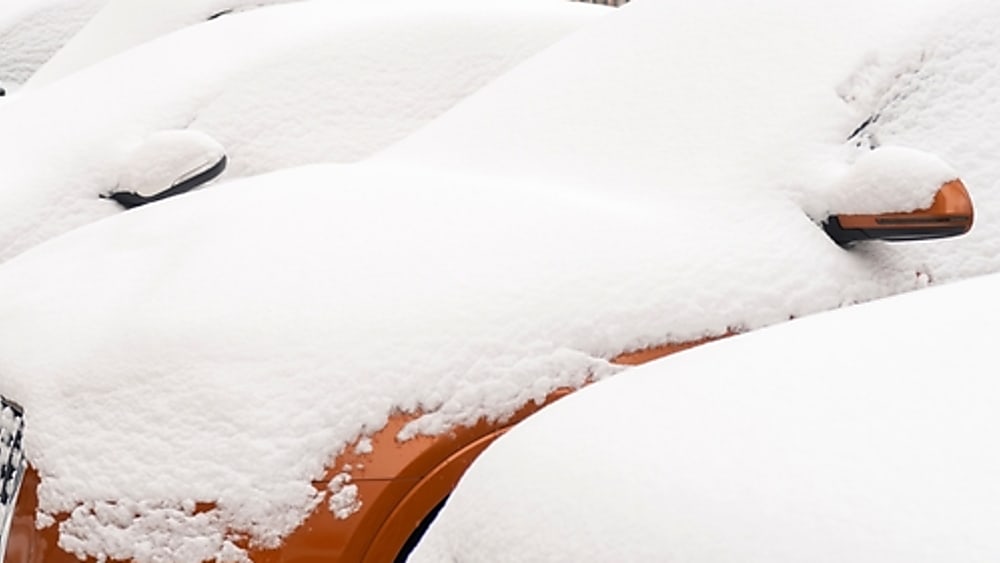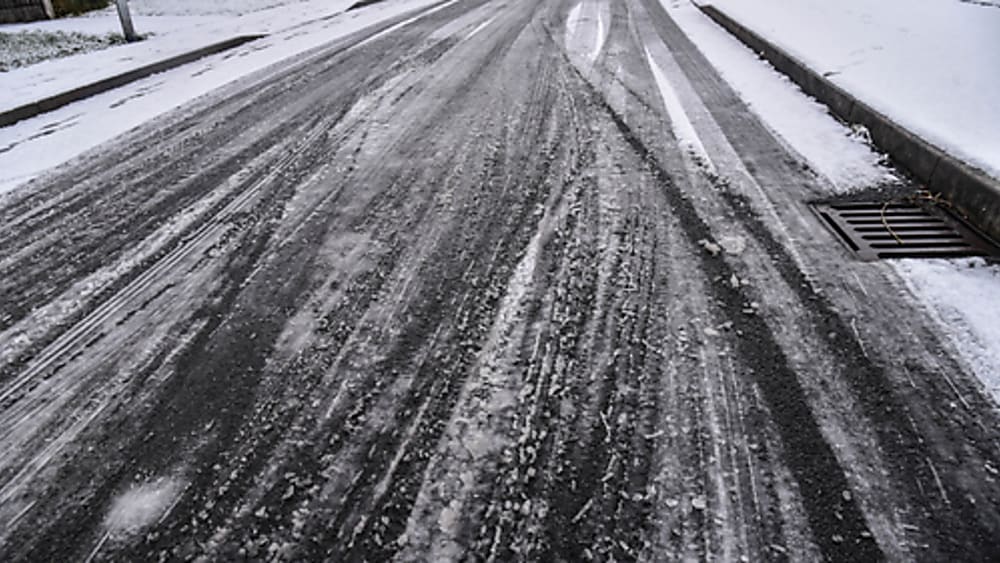Tire maintenance & safety
Winter driving tips to keep you safe this season

Best price guarantee
Tire replacement coverage
24/7 roadside assistance
Easy returns
Tire maintenance & safety

Winter presents many challenges for drivers, especially when snow and ice are present. Learning how to react to these challenges is crucial and will keep you safe from accidents, and arming yourself with some essential tips is a simple way to proactively improve your driving this winter.
Read on to learn some simple ways you can prepare for some common winter driving challenges.
Losing traction is a winter driver's worst nightmare, and your reaction to this frightening situation can greatly impact the outcome. Steering into a skid means you won't need to oversteer to stay in your lane.
The last thing you want to do when surprised is begin a dangerous chain of overcorrection. If you're stuck in a skid, don't panic. Take your foot off of the accelerator and gently steer into the direction of the skid. When your tires regain traction, gently correct your steering to maintain control.
Winter weather is a huge factor in seasonal driving. The first step to a safe trip is checking your local forecast to help you understand the conditions you'll be driving in before you begin your trip. Whenever possible, it's best to avoid driving in snow or ice; both of these common winter conditions cause a dangerous lack of traction for vehicles ill-equipped for winter driving.
Traction is often reduced in winter driving conditions, meaning it takes longer to stop, slow down, and maneuver. Leave yourself extra room when sharing the roadway and prepare for stops early.
Experts recommend giving yourself an extra ten seconds to react in winter. This extra time can be invaluable in ice or snow where losing traction is common.

Preparation is key in cold weather. Taking the time to clear all ice and snow from your car may seem like overkill, but this is a vital safety step that must be taken.
Ice and snow can limit visibility and can present a dangerous distraction to other drivers as it falls off on the roadway. If you must park your car in an uncovered area, take the time to completely clear it of any snow, ice or debris before you hit the road.
All-season tires can't compete with the specific engineering of winter tires, which are made with a special rubber compound that’s equipped to handle temperatures below 45 degrees.
These season-specific tires also have treads that are designed to channel away more water and boost grip on icy winter roads. Equip yourself with the right tires at the beginning of the season and tackle ice and snow with ease.
Slow and consistent motion is the key in most winter driving situations, and braking can get tricky in low-traction conditions. Whenever possible, avoid braking while driving uphill in ice or snow. Plan around low traffic times when you'll have the most breathing room on slick roads. The safest option on icy, snowy, winter roads is to maintain a steady and conservative speed.
The latest advanced safety features are a fantastic help in cold weather. These systems rely on accurate data from their sensors to keep you safe.
Familiarize yourself with the locations of these sensors on your car before winter weather hits., and prepare to check them for debris frequently during the winter months. Making sure these sensors are clear and in working order lets you get the most out of your car's safety features.
Adaptive cruise control is a fantastic tool for long trips with consistent conditions. As helpful as it is on a summer road trip, it's a nightmare for slick winter roads.
Should you lose traction with cruise control on, your car will naturally try to maintain a consistent speed. When you regain traction, the likelihood of losing control of your vehicle is high due to rapidly spinning tires.
For the safest trip possible, avoid using cruise control in ice or snow. This useful feature is better reserved for drier conditions.
Every step of driving is further complicated when ice and snow are on the ground, especially at changing speeds.
Speeding up or slowing down on slick winter roads can result in skidding and loss of control, so exercise extra caution when changing speeds. Give yourself extra time for transitions to avoid a dangerous loss of control.

Winter is many people's least favorite time to drive as weather, holiday travel, and busy shopping seasons all add up to a lot of winter travel headaches. According to the Consumer Reports Holiday Poll of 2016, more than 50% of winter drivers cite holiday drivers as something they dread about the season. But it doesn't have to be this way.
Preparing yourself for the unique challenges of the cold weather season can take some of the headaches out of winter driving.
Knowing how to avoid common pitfalls and how to react to inevitable surprises can turn a potentially serious situation into a minor event. Hit the road this winter prepared for a safe and informed season.
Search By